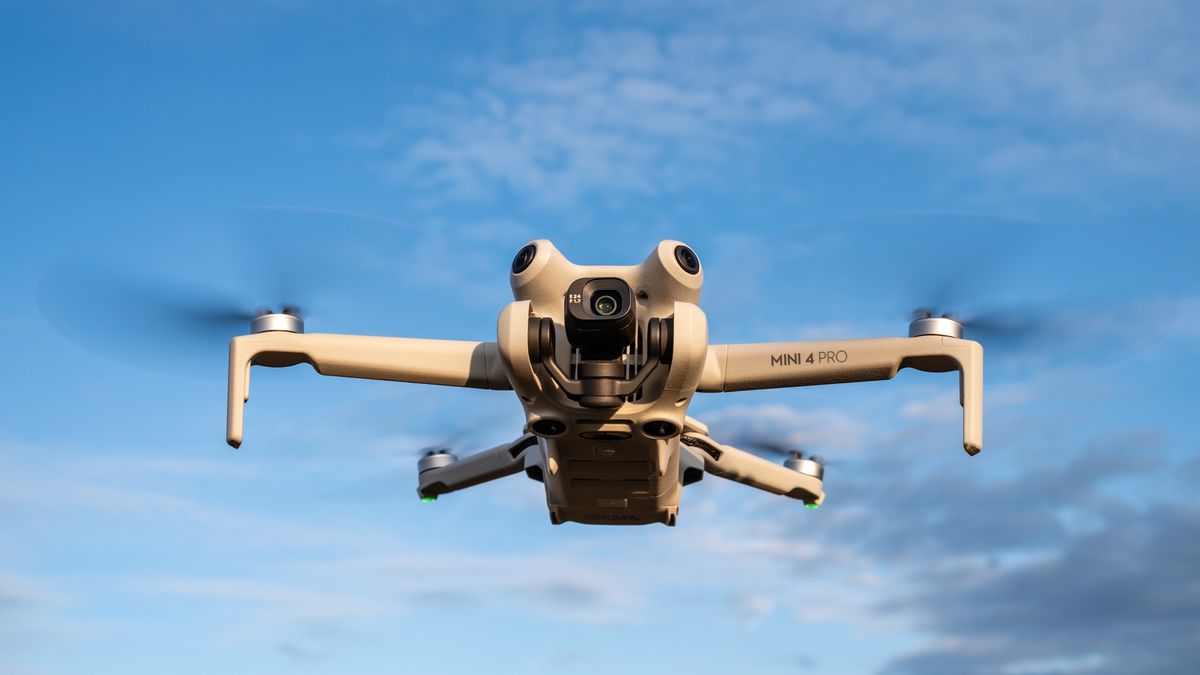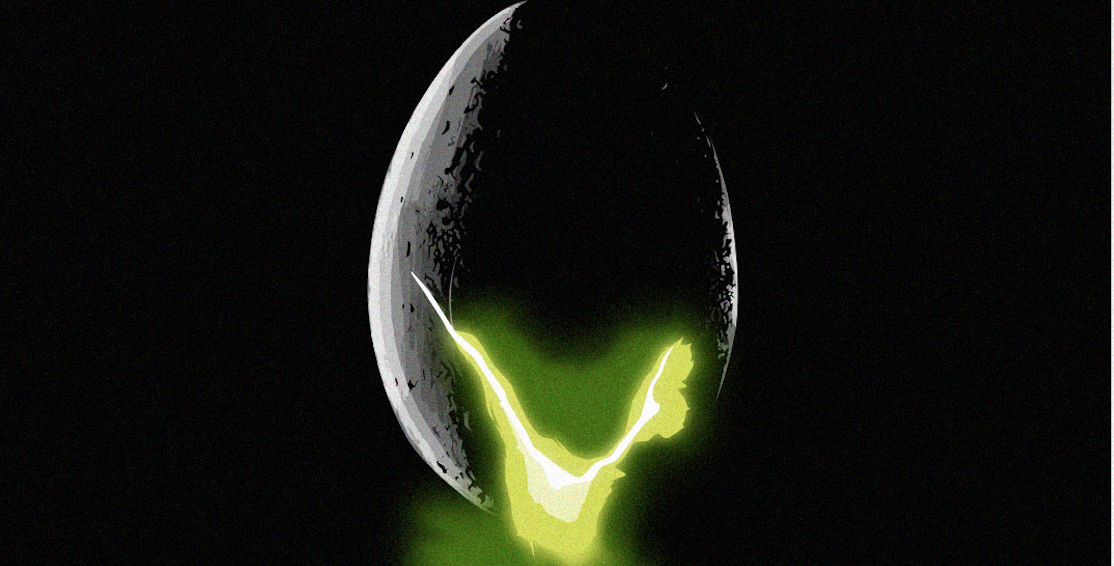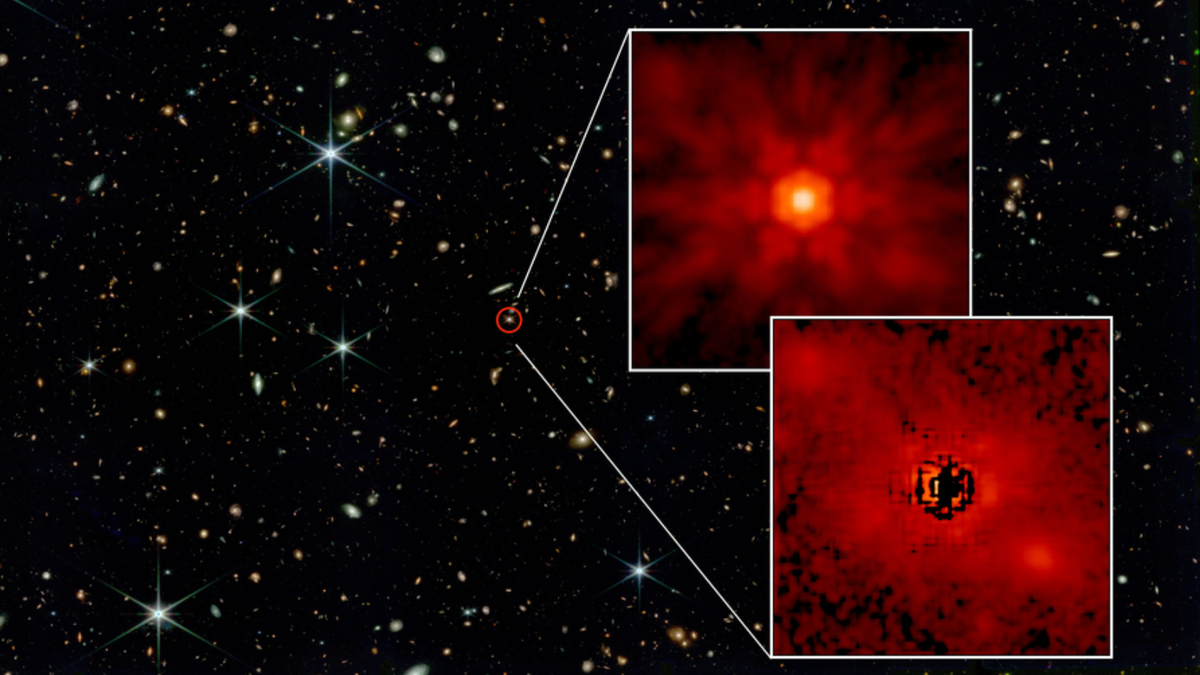DJI Mini 4 Pro: A Comprehensive Review
One of DJI’s more surprising releases in late 2023, following the launch of the DJI Mini 3 Pro in the spring of 2022, was the DJI Mini 4 Pro. Despite not being a major upgrade from its predecessor, the Mini 4 Pro has established itself as the top sub-250g drone in the market. Boasting exceptional features, it stands out as one of the premier drones available, particularly for aerial photography and videography.
Key Specifications
- Weight: 8.8 oz / 249 g
- Dimensions: 5.8×3.7×2.5 in / 148×94×64 mm folded / 11.7×14.7×4.0 / 298×373×101 mm unfolded
- Battery: 2590 mAh / up to 34 minutes flight time
- Charger type: Type-C to Type-C PD Cable / Three Battery Charging Hub
- Modes: Cine, Normal, Sport
- Video transmission range: Up to 12.4 miles / 20 km (FCC) / up to 6.2 miles / 10 km (CE/SRRC/MIC)
- Video resolution: 4K, 1080p
- Frame rates: 4K up to 100 fps / 1080p up to 200 fps
The DJI Mini 4 Pro incorporates features typically found in higher-tier DJI models like the Mavic 3 series and the DJI Air 3. These include Omnidirectional Obstacle Avoidance, enhanced subject tracking, advanced Return to Home functions, and notable upgrades in video recording capabilities. While the imaging sensor and camera remain unchanged from the Mini 3 / Mini 3 Pro, improvements in image processing have been implemented.
Two controller options are available for the DJI Mini 4 Pro, with the DJI Mini 4 Pro (DJI RC-N2) kit priced at $759 / £689 and the DJI Mini 4 Pro (DJI RC 2) kit priced at $959 / £869. Additionally, a Fly More Bundle is offered for the Mini 4 Pro (DJI RC 2), costing $1099 / £1149. Despite the cost being nearly on par with the Mini 3 Pro’s launch price, the Mini 4 Pro delivers enhanced features and value for users.
DJI Mini 4 Pro: Design
Visually, the Mini 4 Pro closely resembles its predecessor, the Mini 3 Pro, featuring Omnidirectional Collision Avoidance sensors on top of the drone and an Auxiliary Light on the underside. The compact design allows the Mini 4 Pro to fold into a palm-size 5.8 x 3.7 x 2.5-in (148 × 94 × 64 mm) form factor, expanding to 11.7 x 14.7 x 4.0-in (298 × 373 ×101 mm) when unfolded, with a weight of 8.8 oz (249g) including the standard Intelligent Flight Battery.
The drone’s standard 2590 mAh Intelligent Flight Battery offers up to 34 minutes of flight time, translating to approximately 20-25 minutes of actual flight under normal conditions before initiating Return to Home mode at 20% battery capacity. An Intelligent Flight Battery Plus variant is available separately, promising flight durations of up to 46 minutes. However, opting for this option crosses the 250g threshold and limits availability to regions outside of Europe.
Two controller choices cater to different user preferences and budgets. The DJI RC-N2 provides a base model without a screen, featuring a telescopic phone holder for smartphone integration. In contrast, the DJI RC 2 offers a 5.5-inch screen with 700-nit brightness, providing an all-in-one solution for flight control and monitoring. The DJI RC 2, despite a slight price increase, delivers enhanced functionality and convenience.
DJI Mini 4 Pro: Functionality
The Mini 4 Pro’s flight performance closely mirrors that of the Mini 3 Pro, with notable enhancements in key areas. Backed by GPS positioning, the drone offers stable and precise flight control suitable for beginners and seasoned pilots. Flight modes such as Cine, Normal, and Sport cater to diverse shooting scenarios, ensuring optimal results based on user needs.
Introducing Omnidirectional Obstacle Sensing represents a significant advancement over the Mini 3 Pro’s collision avoidance capabilities, leveraging an array of sensors to navigate complex environments efficiently. The integration of Omnidirectional Vision Sensing, in combination with Advanced Pilot Assistance Systems (APAS), empowers users to capture dynamic aerial footage with heightened safety measures. ActiveTrack 360° subject tracking and Advanced Return to Home features capitalize on this technology, enriching the overall flying experience.
Core functionalities including Hyperlapse, MasterShots, Quickshots, and Digital Zoom complement the Mini 4 Pro’s feature set, offering versatile creative options for users. While Digital Zoom enables closer framing of distant subjects, users must balance zoom capabilities against potential image quality trade-offs, given the cropping effect associated with this feature.
DJI Mini 4 Pro: Performance
The Mini 4 Pro’s imaging capabilities shine, leveraging a 12/48MP 1/1.3-inch sensor with large 2.4μm pixels akin to the Mini 3 Pro. Equipped with a 24mm f/1.7 camera unit, the drone supports seamless rotation for portrait-oriented shooting, complemented by gimbal adjustments between -90 degrees and 60 degrees. Noteworthy ISO performance, ranging from 100 to 6400 with Night Mode extending to ISO 100-12,800, ensures consistent image quality across diverse lighting conditions.
Enhancements in image processing, predominantly software-driven, enhance the Mini 4 Pro’s imaging output, refining details and color accuracy. Video recording capabilities now include a flat 10-bit D-Log M color profile, elevating dynamic range and color depth for professional-grade footage. Notable features such as HLG (HDR) and increased frame rates up to 100 fps for 4K and 200 fps for 1080p further bolster the drone’s video recording prowess, catering to advanced users seeking refined control over their content.
DJI Mini 4 Pro: Cost
Pricing for the DJI Mini 4 Pro spans various configurations, with the standard DJI Mini 4 Pro (DJI RC-N2) kit priced at $759 / £689 and the DJI Mini 4 Pro (DJI RC 2) kit priced at $959 / £869. Enthusiasts may opt for the Fly More Bundle with the DJI Mini 4 Pro (DJI RC 2) at $1099 / £1149, which includes additional flight accessories to enhance the overall flying experience.
For users contemplating an upgrade from the Mini 3 Pro, the decision hinges on the value proposition offered by the Mini 4 Pro. While incremental improvements justify the purchase for some, existing Mini 3 Pro owners may find the differences marginal. However, for newcomers to the DJI Mini-series or those seeking to transition from less advanced drones, the Mini 4 Pro stands out as a compelling choice, combining safety features, exceptional image quality, and a compact form factor.
Alternative Recommendations
If wind performance and size constraints are critical factors in your decision-making process, the DJI Air 3 presents a viable alternative to the Mini 4 Pro. Featuring dual cameras and comparable image sensor quality, the DJI Air 3 offers enhanced capabilities at a slightly larger form factor.
Alternatively, users seeking a budget-friendly sub-250g drone could explore the DJI Mini 3 as a viable option. Despite lacking some features present in the Mini 4 Pro, the Mini 3 retains a similar imaging sensor and offers a cost-effective entry point into the DJI Mini-series ecosystem.
Image/Photo credit: source url





